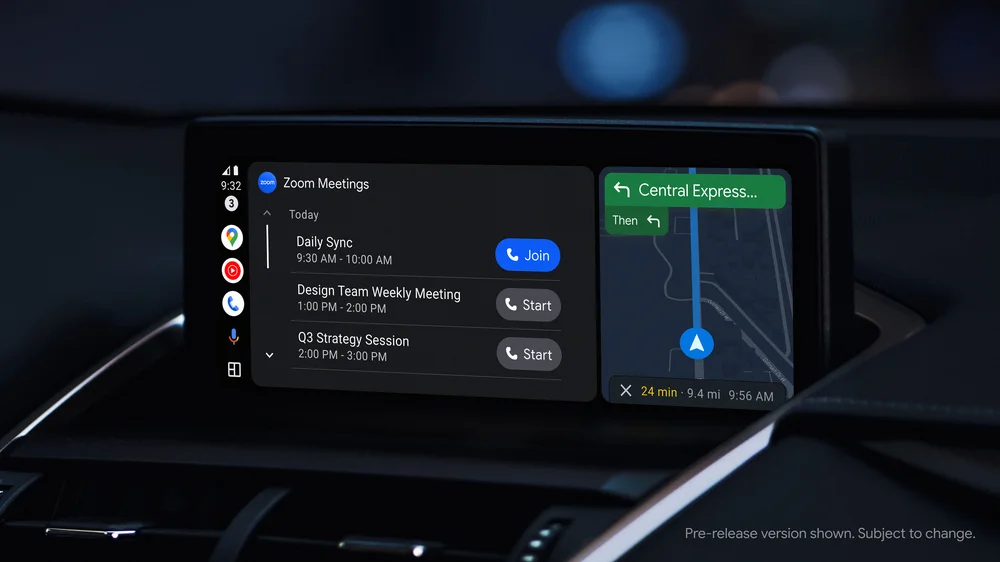Google expects more than 200 million vehicles to be equipped with Android Auto by the end of this year
After announcing a collaboration with Volvo earlier this year to integrate additional services into the Android Auto in-car system, Google, during Google I/O 2023, revealed plans to partner with a broader range of automakers, thereby expanding Android Auto’s presence across a wider array of vehicles and establishing it as a more extensive app development platform.
Google outlined that a multitude of vehicles, including those from Chevrolet, Renault, Volvo, Polestar, and Honda, currently utilize Android Auto. By the year’s end, it is anticipated that over 200 million vehicles will have adopted this operating system, enriching in-car functionalities through Google’s services. For example, all vehicles under brands including Polestar will soon facilitate onboard YouTube service, or users can access a larger selection of vehicle-compatible services via Google Play Store.

Furthermore, Google confirmed its partnership with companies such as Cisco, Microsoft, and Zoom, enabling the integration of video conferencing capabilities from Webex, Microsoft Teams, and Zoom into Android Auto. This feature allows more individuals to partake in crucial meetings or connect with loved ones via these services while commuting.
During Google I/O 2023, Google further broadened the range of app categories compatible with the Android Auto operating system, incorporating more Internet of Things (IoT) and weather-related services. This expansion allows vehicles to interact with a broader spectrum of IoT devices. For instance, upon ignition, users may opt to simultaneously open their home garage door, or adjust vehicle operation modes in response to weather conditions such as heavy rain or snowfall.
Despite previous assertions from several manufacturers, such as General Motors, to discontinue the inclusion of Android Auto or Apple CarPlay in their vehicles, numerous automakers continue to maintain their collaboration with Google. Some even further integrate the native Android Automotive operating system designed specifically for vehicles, thereby allowing Google and third-party services to closely intertwine with vehicle operation systems. Google aspires to expand the vehicle platform market, thus enabling more developers to introduce their application services to vehicle platforms and concurrently broaden the application ecosystem of Google’s services.





